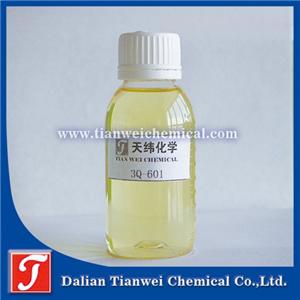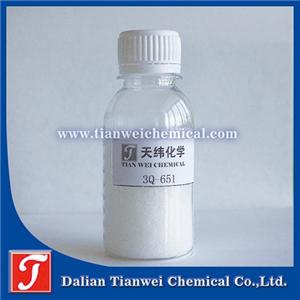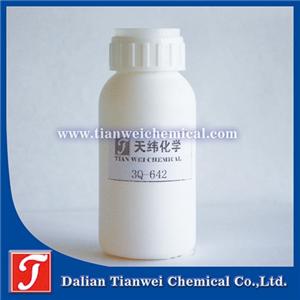-
How to better use fungicides
Fungicides are a class of pesticides used to control plant diseases caused by various pathogenic microorganisms, generally refer to fungicides. The use of fungicides is a cost-effective way to control plant diseases.
26-09-2022 -
How to do the operation of spring emulsion mildew prevention work
This product is widely used in emulsions, building materials, coatings, power plants, textiles, papermaking, leather, oil fields, industrial additives, circulating cooling water, industrial sewage treatment and other water-based products.
22-09-2022 -
How to ensure the safe and reliable use of antifungal agents(二)
Antifungal agent 3Q-508 has good safety and broad-spectrum high-efficiency anti-fungal and antiseptic effects. Low price, easy to use, suitable for mildew-proof and anti-corruption finishing of pure cotton, wool, linen, polyester-cotton, chemical fiber and other fabrics. In addition, this series of anti-mildew and antibacterial agents are also suitable for anti-mildew and anti-corruption treatment of softeners, oils, coatings, pastes and other products. After testing, the fabric treated with the antifungal agent has obvious anti-mildew and anti-corruption effects, and can completely prevent harmful bacteria such as Aspergillus niger, Penicillium, Aspergillus terreus, Chaetomium globosa,
17-08-2022 -
How to ensure the safe and reliable use of antifungal agents(一)
Mold is everywhere, such as in dust, soil, sweat, and air. As long as it encounters the right temperature and humidity, it begins to grow and multiply from uneven places. Therefore, the first place to grow mold is generally the interface. The place where the suture is placed is extremely harmful to the storage and transportation of raw materials and their products.
05-08-2022 -
popular-science-the-difference-between-industrial-preservatives-fungicides-fungicides-and-antibacterial-agents
Industrial preservatives refer to substances that can prevent or inhibit the growth of microorganisms. Generally, they are added when the finished product is not contaminated to play a role in the preservation of the tank.
08-07-2022 -
Stability is an essential attribute of in vitro diagnostic reagents
Stability is the ability of an in vitro diagnostic reagent to maintain the consistency of characteristics over time, a basic attribute that a reagent must have, an important indicator to ensure the effectiveness of a reagent during use, and the responsibility of the manufacturer.
21-01-2022 -
Why only 75% alcohol can disinfect and sterilize?
Disinfection with alcohol is common sense. What is strange is that the alcohol used in medical treatment is alcohol with a concentration of 75%, but pure alcohol cannot sterilize. What is the reason for this?
13-01-2022 -
The difference between preservatives, fungicides, and disinfectants
Among the concepts of antiseptic and disinfection that we usually come into contact with, the three "agents" of preservatives, fungicides, and disinfectants are the most common, and they are also widely used in the food industry. So what is the difference between them? We only need to carefully understand their respective definitions, and we will soon understand.
28-09-2021 -
General principles for selection of antibacterial agents for biological reagents
There are many types of antibacterial agents for biological reagents, such as acids, bases and their salts, neutral compounds, mercury compounds, and quaternary amine compounds. Preservatives have a killing effect on microbial propagules, but for spores they can't develop into propagules and gradually die. Different types of preservatives have different mechanisms of action. For example, alcohols can denature pathogenic microorganism proteins; phenylmethylbenzene and parabens can combine with pathogenic microorganism enzyme systems to compete for their coenzymes; cationic surfactants, etc. It is by reducing the surface tension to increase the permeability of the bacterial cell membrane.
29-06-2021 -
Sanitary Standards for Guanidine Disinfectants
GB/T 26367-2010 Hygienic Standard for Guanidine Disinfectants This standard is applicable to disinfectants that use chlorhexidine acetate, chlorhexidine gluconate or polyhexamethylene biguanide as the bactericidal ingredients, and ethanol and/or water as the solvent;
08-05-2021




